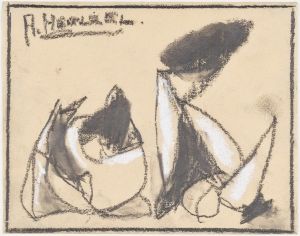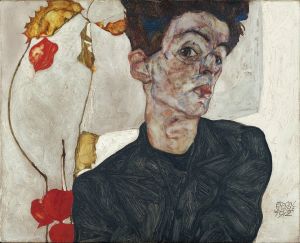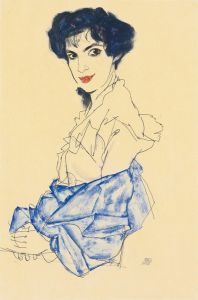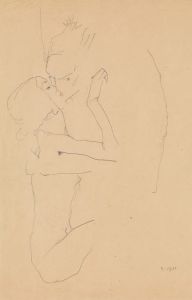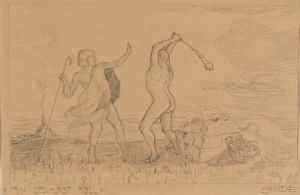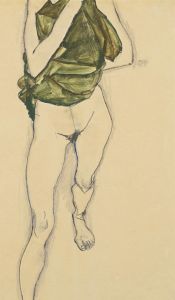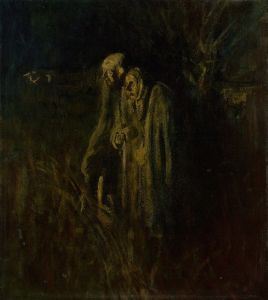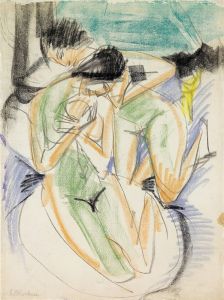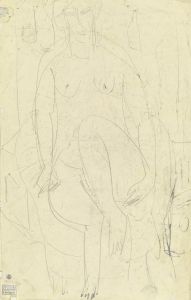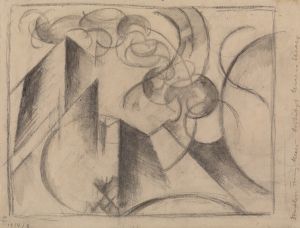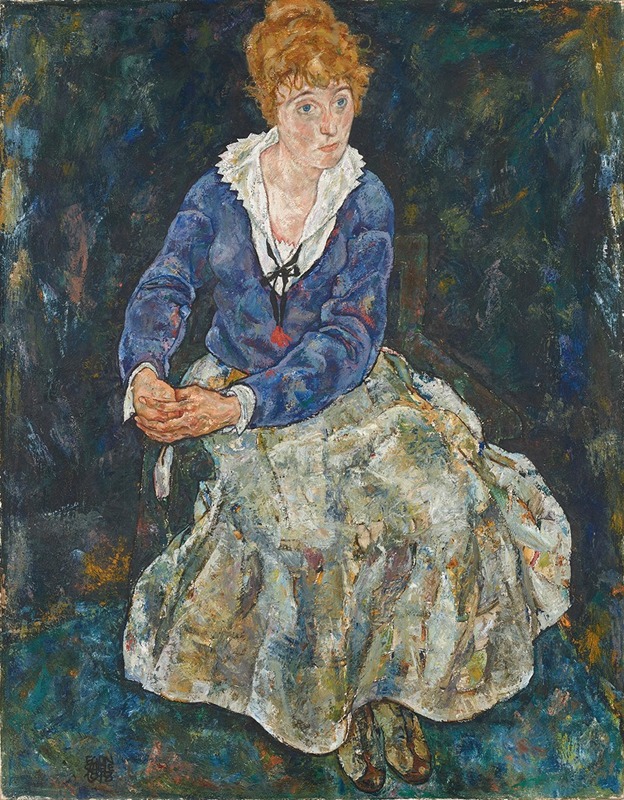
Bildnis der Frau des Künstlers, Edith Schiele
A hand-painted replica of Egon Schiele’s masterpiece Bildnis der Frau des Künstlers, Edith Schiele, meticulously crafted by professional artists to capture the true essence of the original. Each piece is created with museum-quality canvas and rare mineral pigments, carefully painted by experienced artists with delicate brushstrokes and rich, layered colors to perfectly recreate the texture of the original artwork. Unlike machine-printed reproductions, this hand-painted version brings the painting to life, infused with the artist’s emotions and skill in every stroke. Whether for personal collection or home decoration, it instantly elevates the artistic atmosphere of any space.
Egon Schiele, an Austrian painter known for his distinctive style and contribution to early 20th-century art, created the painting "Bildnis der Frau des Künstlers, Edith Schiele" in 1915. This work is a portrait of his wife, Edith Schiele, whom he married in the same year. Schiele's art is often characterized by its intensity and raw emotional expression, and this painting is no exception.
Edith Harms, who became Edith Schiele upon her marriage to the artist, was a significant figure in Schiele's life and work. She often served as a model for his paintings and drawings. The couple married on June 17, 1915, and Edith's presence in Schiele's life marked a period of personal and artistic transformation for the artist. Their relationship, however, was tragically short-lived due to the Spanish flu pandemic, which claimed both their lives in 1918.
"Bildnis der Frau des Künstlers, Edith Schiele" is a testament to Schiele's unique approach to portraiture. The painting captures Edith with a sense of immediacy and intimacy, reflecting the personal connection between the artist and his subject. Schiele's use of line and color is distinctive, often employing bold outlines and a palette that conveys both warmth and tension. His portraits are known for their psychological depth, and this work is no different, as it reveals both the vulnerability and strength of the sitter.
Schiele's technique often involved a combination of realism and expressionism, where he would distort figures to emphasize emotional states. In this portrait, Edith's pose and expression are rendered with a sensitivity that suggests both her individuality and her role as a muse. The background is typically sparse, focusing the viewer's attention on the subject and enhancing the emotional impact of the work.
The painting is part of Schiele's broader oeuvre, which includes numerous portraits and self-portraits that explore themes of identity, sexuality, and existential angst. His work was initially controversial due to its erotic and sometimes unsettling content, but it has since been recognized for its profound impact on modern art. Schiele was a contemporary of Gustav Klimt and was influenced by the Vienna Secession movement, which sought to break away from traditional academic art.
"Bildnis der Frau des Künstlers, Edith Schiele" is housed in a private collection, and like many of Schiele's works, it continues to be studied and admired for its artistic and historical significance. Schiele's ability to convey complex human emotions through his art has earned him a lasting legacy as one of the leading figures of Austrian Expressionism.
In summary, this portrait of Edith Schiele not only serves as a personal memento of the artist's life but also exemplifies Egon Schiele's innovative approach to capturing the human condition. Through his distinctive style and emotive power, Schiele has left an indelible mark on the world of art, with "Bildnis der Frau des Künstlers, Edith Schiele" standing as a poignant reminder of his artistic vision and personal history.





